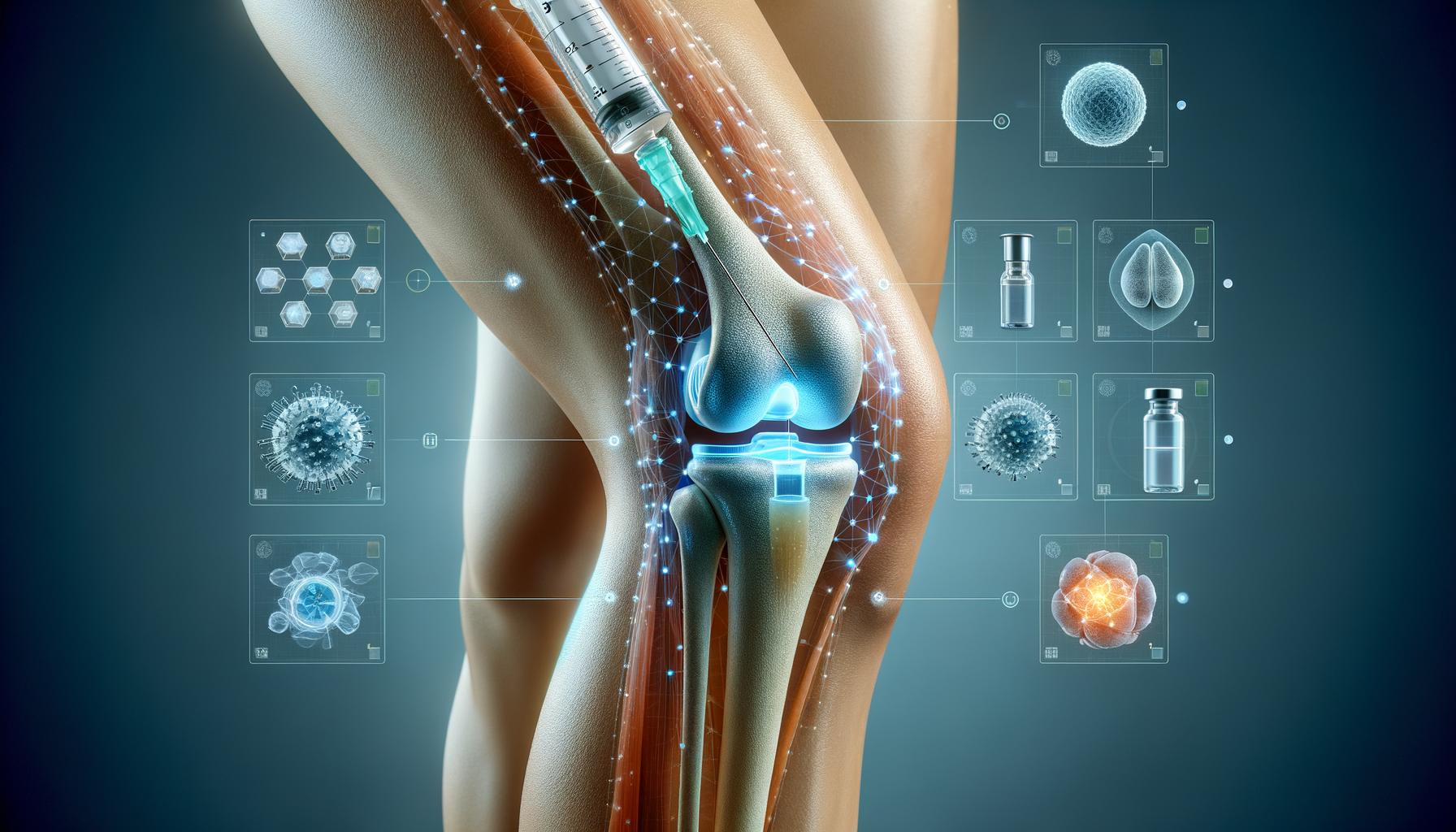Introduction to Parkinson’s Disease
Parkinson’s Disease is a progressive neurological disorder that affects movement control. It is characterized by a gradual loss of motor skills, often beginning with subtle symptoms that can be easily overlooked. Early recognition of these symptoms is crucial for timely diagnosis and management, which can significantly enhance the quality of life for those affected. This article explores the early symptoms of Parkinson’s Disease, providing valuable insights into how they manifest and impact daily life.
Tremors: A Common Early Sign
One of the hallmark symptoms of Parkinson’s Disease is tremors, which typically begin in the hands or fingers. These tremors are often most noticeable when the body is at rest and can be exacerbated by stress or anxiety. While tremors can be a common sign of aging or other conditions, their persistent presence and progression can be indicative of Parkinson’s. Understanding the nature of these tremors, such as their frequency and intensity, can help differentiate them from other types of tremors.
It’s important to note that not everyone with Parkinson’s experiences tremors. However, for those who do, these involuntary movements can significantly impact daily activities, making simple tasks challenging. Early intervention and treatment can help manage these symptoms, improving overall quality of life.
Bradykinesia: Slowness of Movement
Bradykinesia, or slowness of movement, is another early symptom of Parkinson’s Disease. This symptom can manifest as a reduction in spontaneous movement, making everyday activities such as walking, dressing, or even speaking more laborious. Individuals may notice that their movements become smaller and slower over time, affecting their overall mobility and dexterity.
Bradykinesia can be particularly frustrating for those affected, as it often leads to a loss of independence. Early recognition and intervention can help manage these symptoms, allowing individuals to maintain a more active and fulfilling lifestyle. Physical therapy and medication are often employed to address bradykinesia, helping to improve movement and coordination.
Muscle Rigidity and Stiffness
Muscle rigidity and stiffness are common early symptoms of Parkinson’s Disease. This can manifest as a feeling of tightness or resistance in the muscles, often affecting the limbs and neck. This rigidity can lead to discomfort and pain, further complicating movement and daily activities.
Individuals may notice that their range of motion becomes limited, making it difficult to perform tasks that require flexibility and agility. The stiffness can also contribute to a characteristic stooped posture often seen in individuals with Parkinson’s. Regular exercise and stretching can help alleviate muscle rigidity, improving overall mobility and comfort.
Changes in Speech and Writing
As Parkinson’s Disease progresses, changes in speech and writing can become evident. Individuals may notice that their voice becomes softer or more monotone, making it difficult for others to hear or understand them. This change in speech can lead to social withdrawal and isolation, further impacting mental health and well-being.
Writing changes, often referred to as micrographia, can also occur. This is characterized by smaller, cramped handwriting that becomes increasingly difficult to read. These changes can be frustrating and may affect one’s ability to communicate effectively. Speech therapy and writing exercises can help manage these symptoms, allowing individuals to maintain their communication skills and social connections.
Conclusion: The Importance of Early Recognition
Recognizing the early symptoms of Parkinson’s Disease is essential for timely diagnosis and effective management. While the progression of the disease varies from person to person, early intervention can significantly improve quality of life and delay the onset of more severe symptoms. By staying informed and seeking medical advice when symptoms arise, individuals can take proactive steps to manage their condition and maintain their independence.
Understanding these early signs not only empowers those affected but also raises awareness among caregivers and loved ones, fostering a supportive environment for those living with Parkinson’s Disease.




Leave a Reply